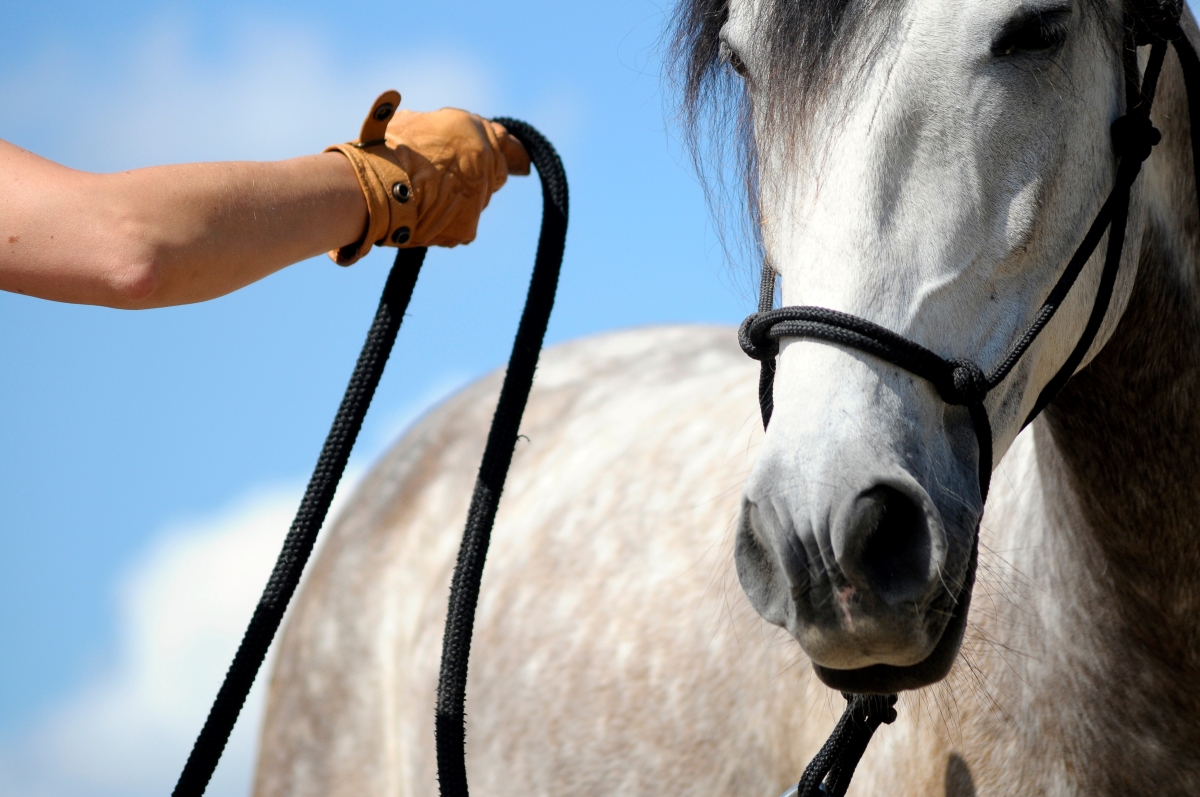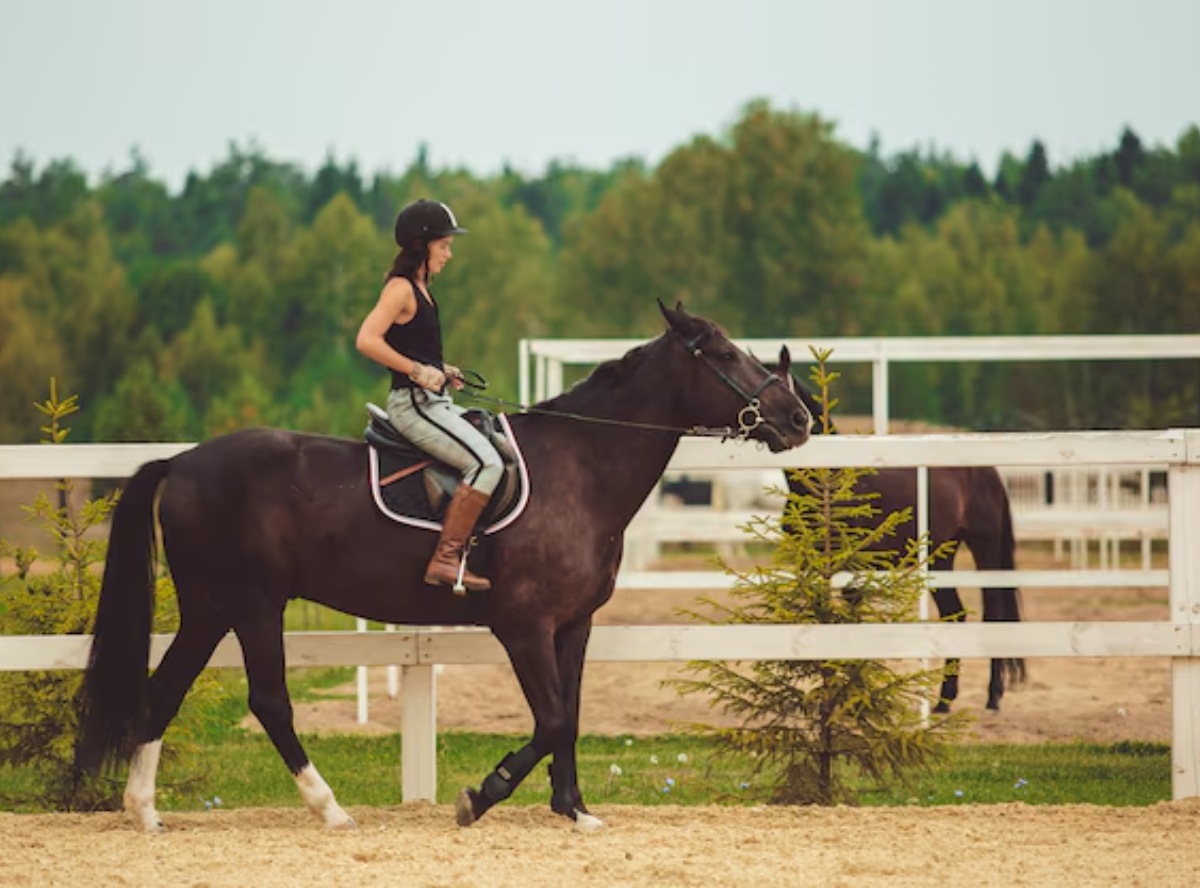For any equestrian, understanding how to trim horse hooves naturally is crucial. A horse’s hooves are its foundation, and maintaining them is vital to your horse’s comfort and performance. In this comprehensive guide, we will dive into the natural techniques of hoof trimming as well as the benefits of such methods.

Understanding the Importance of Hoof Care
Hoof health is directly related to the overall wellbeing of a horse. Proper hoof care helps in preventing long term injuries and enhances the natural biomechanics of your horse. With natural hoof trimming techniques, you not only cater to the health of the horse but also align with sustainable practices.
Why Choose Natural Hoof Trimming?
Naturally trimming a horse’s hooves is beneficial for those seeking eco-friendly practices. This approach mimics the natural wear that wild horses experience. The goal is to allow the hoof to function as naturally as possible, supporting healthy movement and reducing the risk of ailments.
The Natural Environment’s Influence
In the wild, horses roam for miles daily, naturally wearing down their hooves. In domesticated settings, horses do not have the same opportunities. As a result, manual trimming is necessary to compensate for the lack of natural wear.
Key Tools for Natural Hoof Trimming
To trim your horse’s hooves naturally, some essential tools include a hoof pick, a rasp, nippers, and a hoof knife. Each tool serves a unique purpose in the trimming process, ensuring the hoof is shaped and maintained effectively.
Hoof Pick
A hoof pick helps in cleaning out any debris or stones from the hoof, ensuring there are no hidden foreign objects.
Rasp
A rasp is used to level the hoof wall and smooth rough edges, aligning the shape naturally for balanced performance.
Nippers
Nippers are used to cut the hoof wall, a necessary element as parts of the hoof do not wear down naturally in a domestic setting.
Hoof Knife
The hoof knife allows you to remove excess sole and exfoliated frog, mimicking the natural shed of these parts.
Preparing for Natural Hoof Trim
Preparation is essential in successful natural hoof trimming. Begin by evaluating your horse’s hooves, noting any irregularities or areas that may need particular attention. Create a clean workspace, ensuring both you and the horse are safe and comfortable.
Setting Up a Safe Workspace
A safe environment is free of clutter where you can move confidently around the horse without distractions. Ensure your tools are organized and within reach.
Step-by-Step Guide to Natural Hoof Trimming
Step 1: Clean the Hoof
Use a hoof pick to remove dirt and debris from the hooves. This is crucial for assessing the true condition of the hoof.
Step 2: Assess the Hoof
Assess the hoof for balance, symmetry, and any signs of infection or injury. Horse first aid knowledge will be beneficial here.
Step 3: Trim Excess Growth
Using nippers, trim the excess hoof wall. It’s important to not over-trim as it can cause discomfort to the horse.
Step 4: Shape the Hoof
Utilize the rasp to smooth and shape the hoof wall, keeping the natural hoof shape intact.
Step 5: Manage the Sole and Frog
Using a hoof knife, manage the sole and frog by removing dead tissue, promoting healthy hoof growth.
The Role of Nutrition in Hoof Health
Nutritional deficiencies can cause hoof issues such as cracks and slow growth. Ensuring your horse has a balanced diet, rich in vitamins and minerals, supports optimal hoof health.
Essential Nutrients for Hoof Strength
Key nutrients include biotin, zinc, and omega fatty acids, facilitating healthy growth and strong hooves.
Supplementation Considerations
Consider supplementation if natural grazing does not meet the nutritional needs of your horse.
Understanding Hoof Growth Patterns
Hoof growth varies among horses, influenced by factors such as genetics, environment, and activity level. Regular trims every six to eight weeks help maintain healthy hoof length.
Seasonal Changes
Hoof growth generally slows in winter and accelerates during the warmer months, therefore adjustments in trimming routines may be necessary.
Preventing Hoof Problems Naturally
Regular inspection and attentive care help in preventing common hoof ailments such as thrush or abscesses.
Environmental Management
Maintaining a clean living environment for your horse is imperative. Preventive care includes regular bouts of exercise and protective terrains.
Daily Maintenance
Routine daily maintenance such as cleaning and checking hooves contributes positively to overall hoof health.
Conclusion: Embracing Natural Hoof Care Practices
Embracing natural hoof care involves consistent effort and learning. It supports the well-being of your horse and promotes a sustainable approach to horse care. Learning to trim hooves naturally is an investment in your horse’s health.
Further Exploration
For more on equestrian care, check out our guide on essential riding gear or explore groundwork exercises to enhance your relationship with your horse.

FAQ Section
How often should I trim my horse’s hooves?
Every six to eight weeks is ideal for maintaining healthy hooves.
What are the risks of trimming hooves at home?
Improper trimming can lead to discomfort, lameness, or injuries. Consulting an experienced farrier is advised before starting.
Can I improve hoof health with diet alone?
While diet plays a significant role, it should be combined with physical care and maintenance for optimal results.








